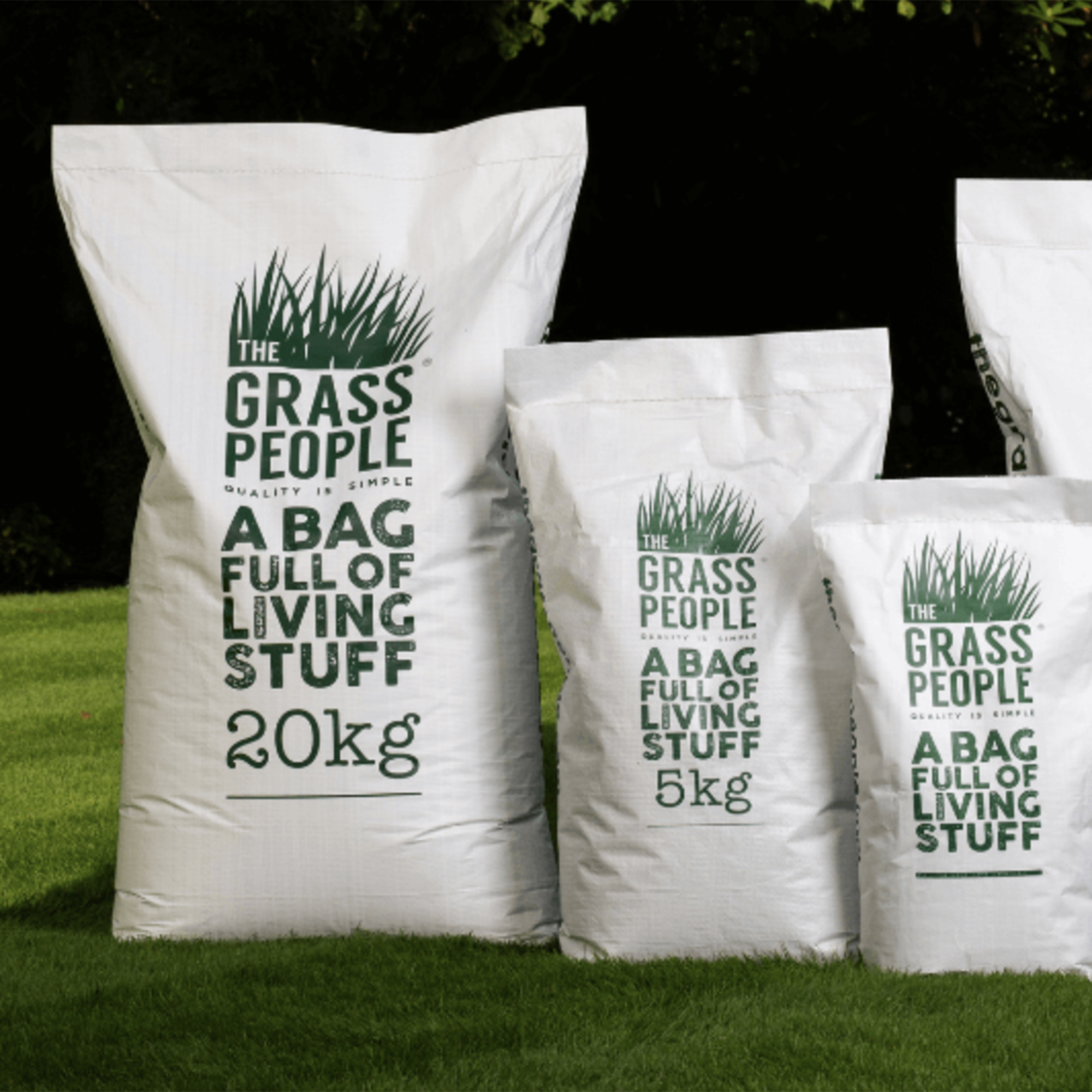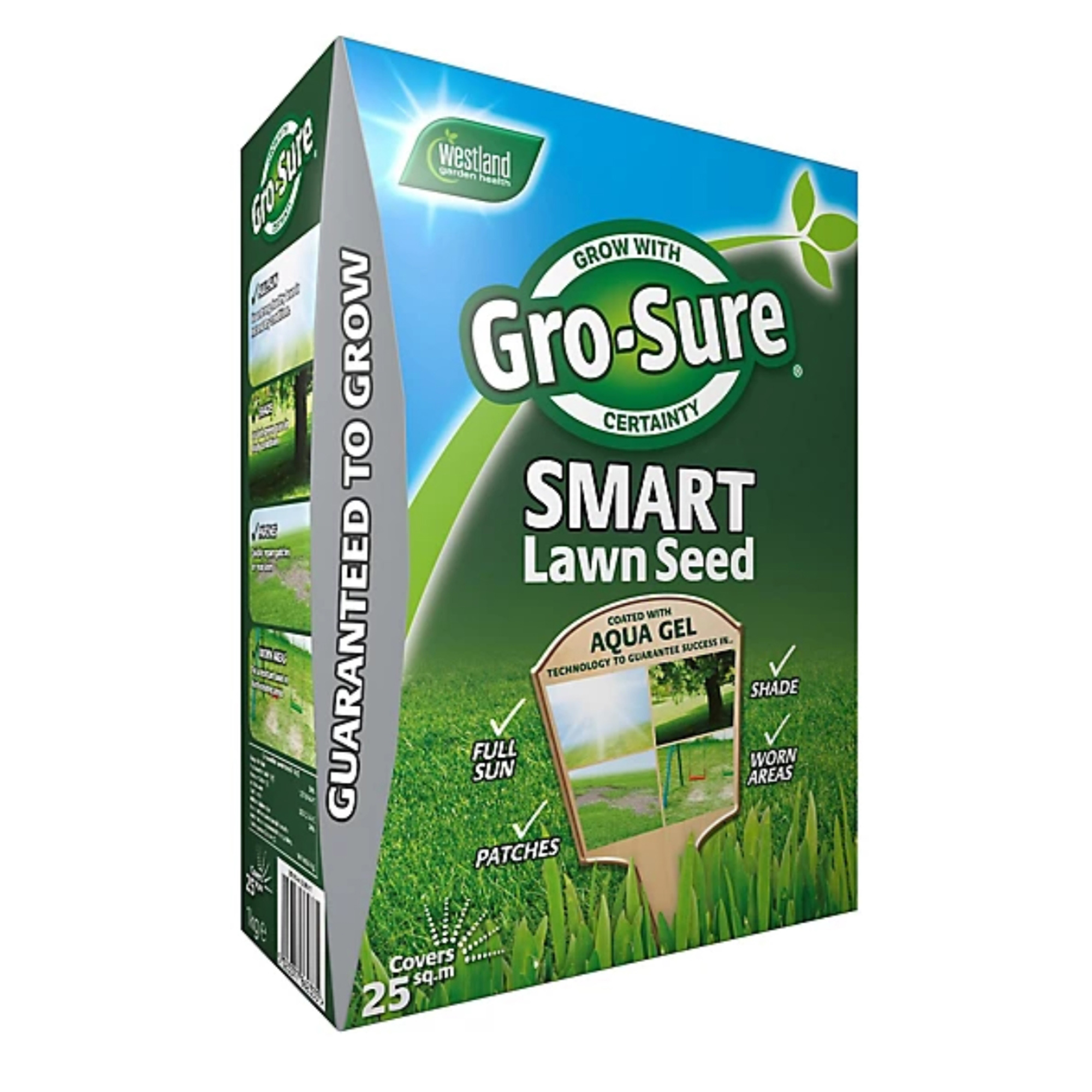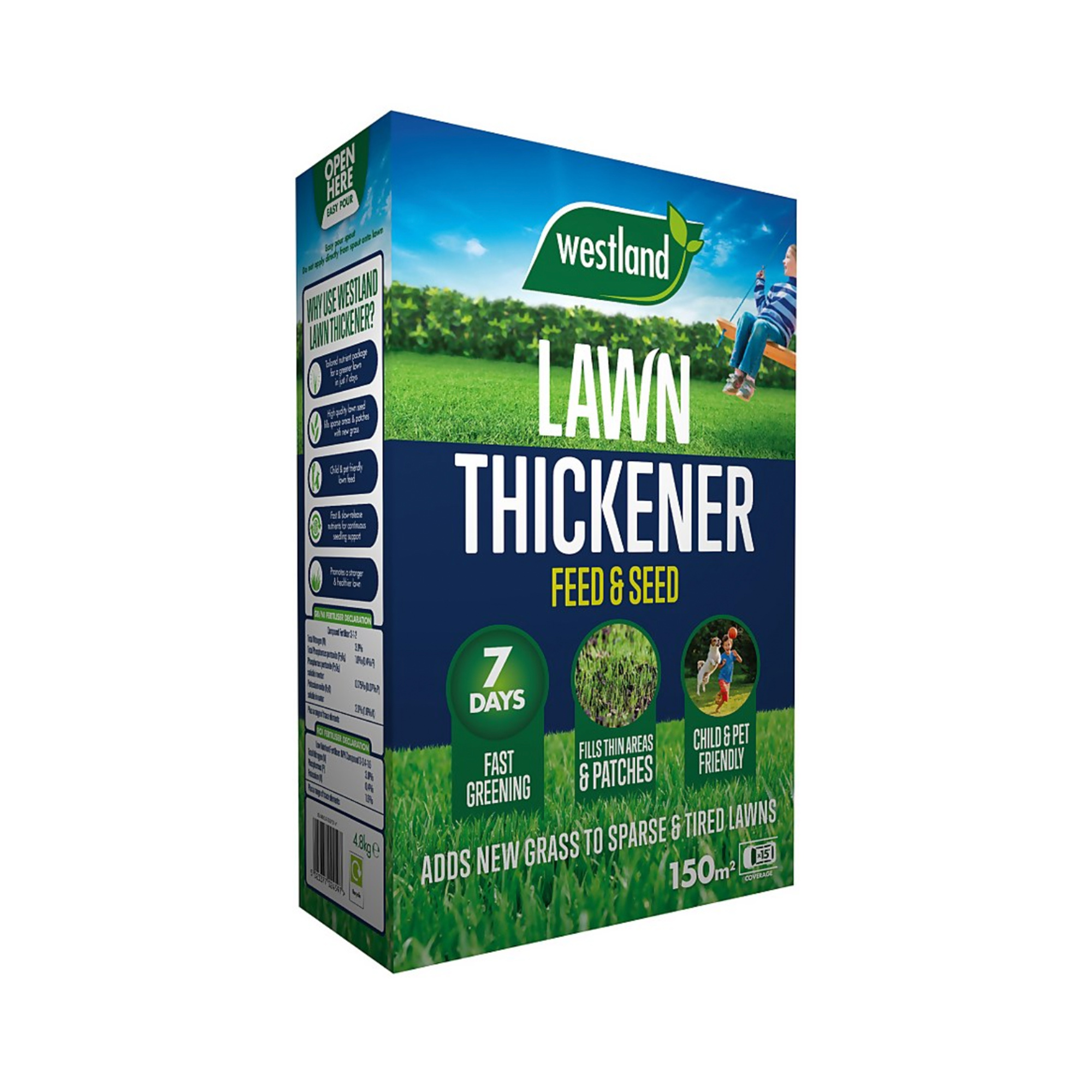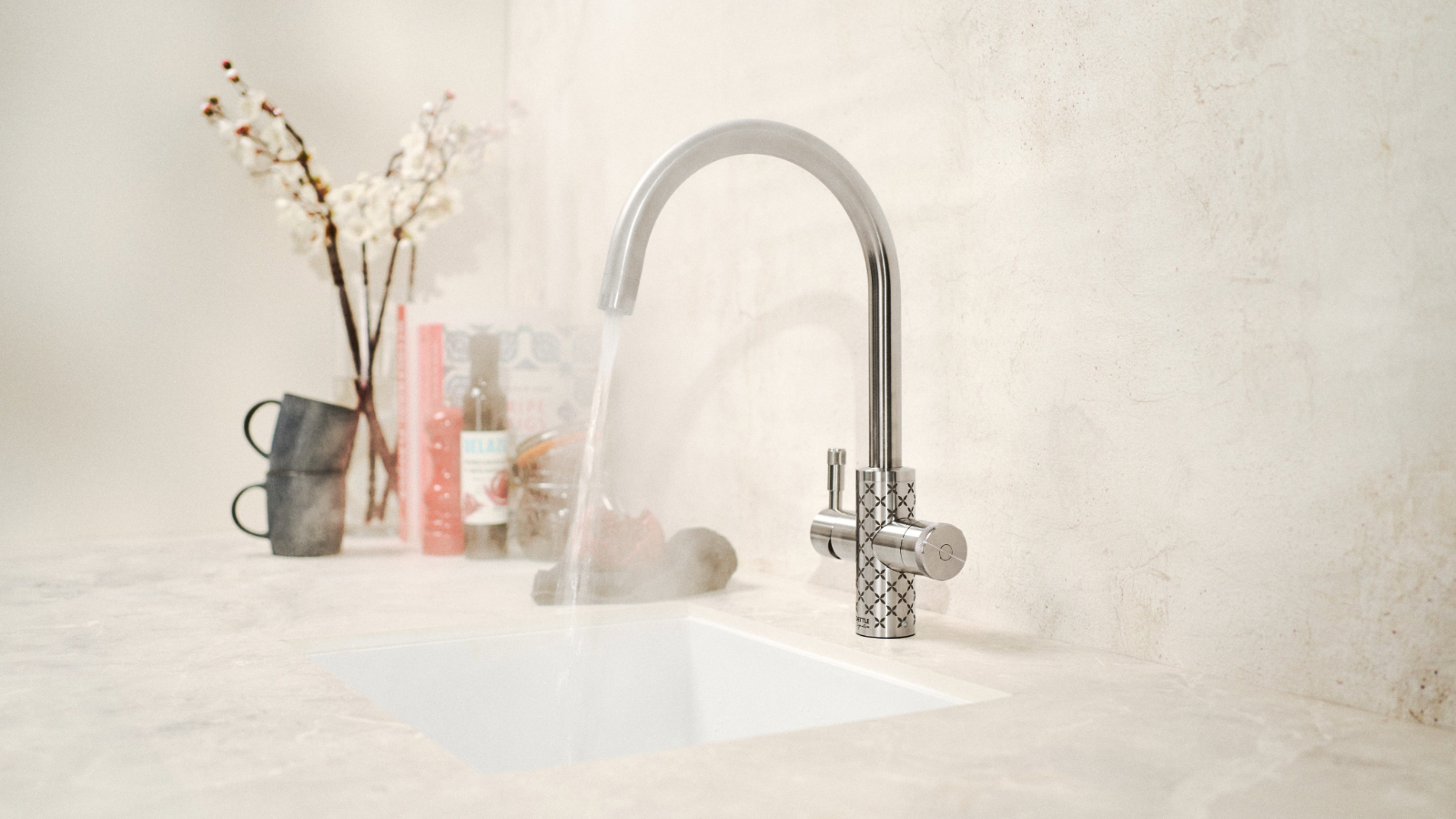How to fix waterlogged soil in your garden and prevent it from happening again
Lawn experts share their advice on how to stop your garden succumbing to the woes of waterlogged soil and lawns
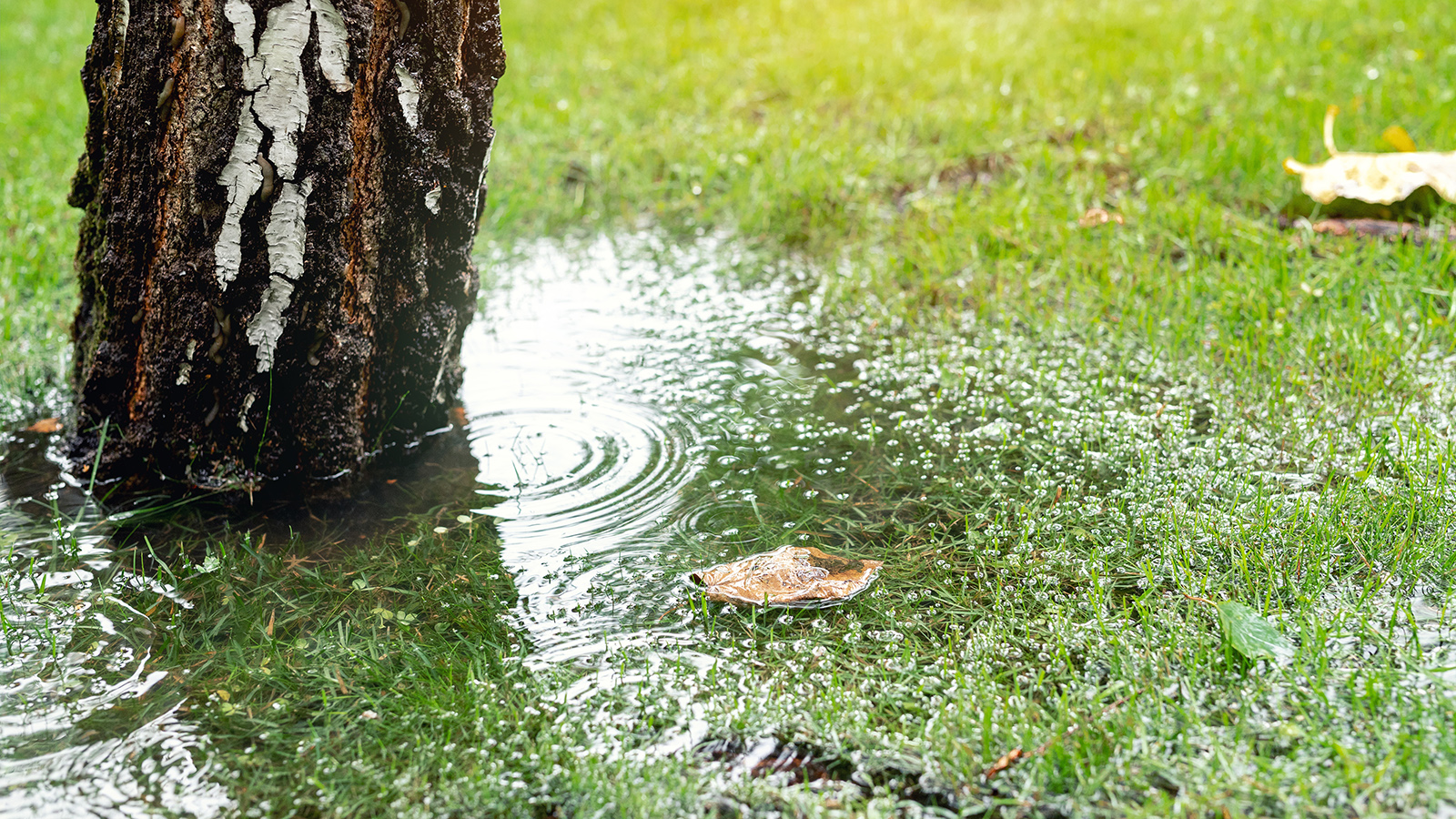
Waterlogged soil can be a huge issue for UK gardens, particularly in areas prone to wet weather. High levels of rainfall can cause waterlogged soil, particularly if your garden and lawn has poor drainage.
It is possible to fix this problem when it occurs as well as taking steps to prevent it from happening in the first place. In this way you can prevent pools of water from spoiling the look of not just your lawn ideas but your garden in general.
"The most common cause of a waterlogged lawn is poor draining soil. This is usually a result of compaction, which means water cannot infiltrate through its surface. Compaction is particularly common in clay soil but can also occur in regular soil," explains garden landscaping expert Tom Clifford, from Gardenstone.

Tom has been in the garden landscaping business for over 13 years making him an expert in garden design, lawn care and maintenance. He is the director of Gardenstone Limited a garden landscaping materials company.
5 easy ways to fix waterlogged soil and lawns
"Most of the time, a waterlogged lawn will begin to recover once conditions start to dry out. However, if the lawn is severely waterlogged, it may require some repairs to your surface water drainage to create an environment where the grass can thrive again," explains Craig Morley, a gardening expert from Budget Seeds.
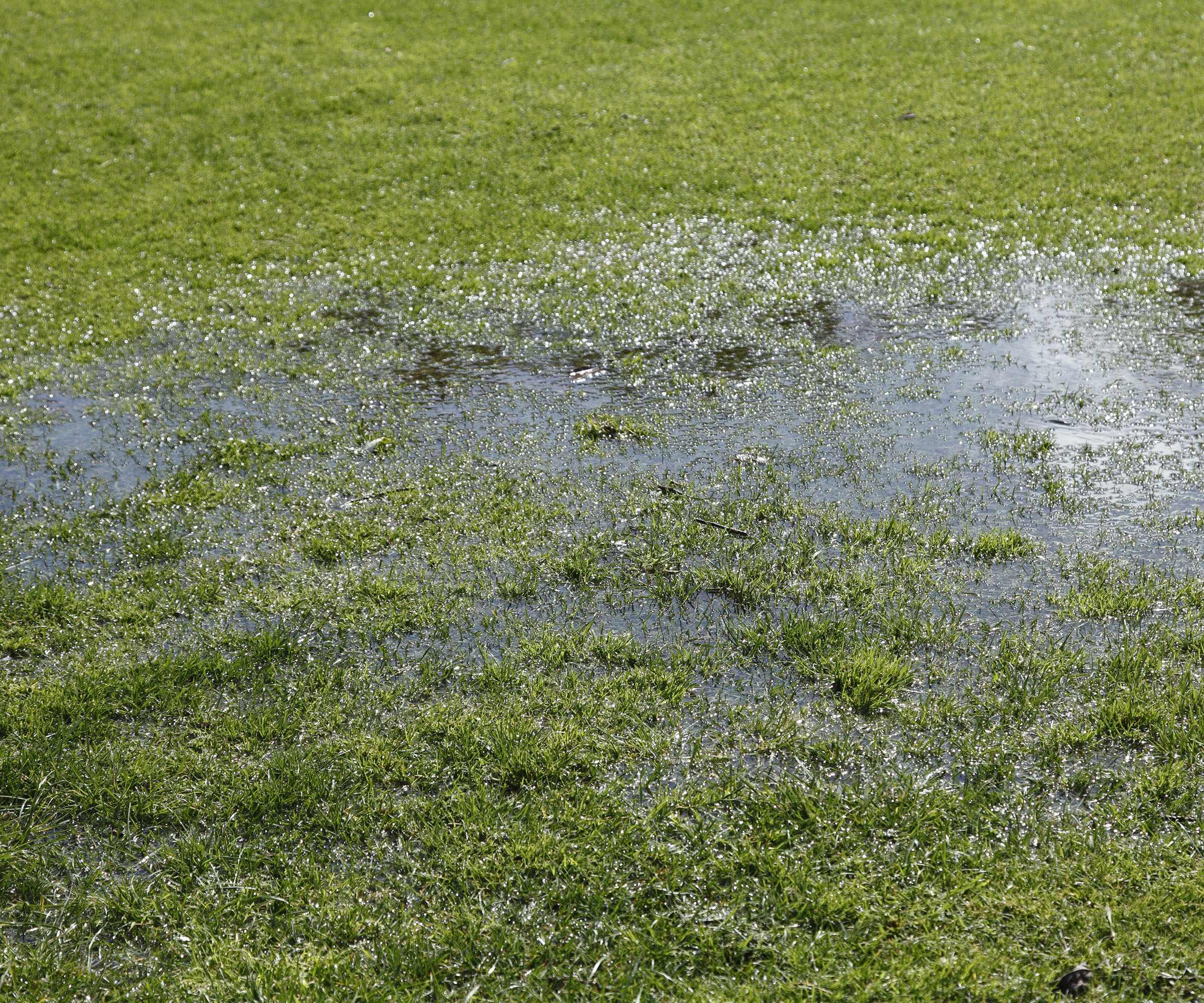
1. Aerate the soil to help the water flow
"If you already have a lot of water standing on your lawn, carefully aerating the lawn – trampling as little as possible – will help it drain away faster," explains Guy Jenkins, consumer manager at Johnsons Lawn Seed.
"Whilst grass won’t grow if left soaking in puddles for ages, it’s a relatively hardy plant and you’ll give your lawn the best chance of recovery with regular aeration," says Guy.
Chris McIllroy advises that you avoid aerating in very dry or very wet conditions. So ideally wait until any pools of water have drained away.
Bring your dream home to life with expert advice, how to guides and design inspiration. Sign up for our newsletter and get two free tickets to a Homebuilding & Renovating Show near you.
"Using a fork, firmly spike the surface down to at least 30mm. Move the fork back and forward a little, then pull out," says Chris. We like this Carbon Steel Powagrip Garden Digging Fork - 995mm at Wickes.
"This cracks the soil a little and creates a hole in the soil to allow air in. Doing this during the spring and autumn season has a good effect on the lawn and helps prevent waterlogged soil."

Chris is the technical product lead and in-house lawn seed expert for The Grass People. His advice is focused on sowing, mowing, and maintaining a perfect lawn, and how to overcome any lawn issues homeowners face.
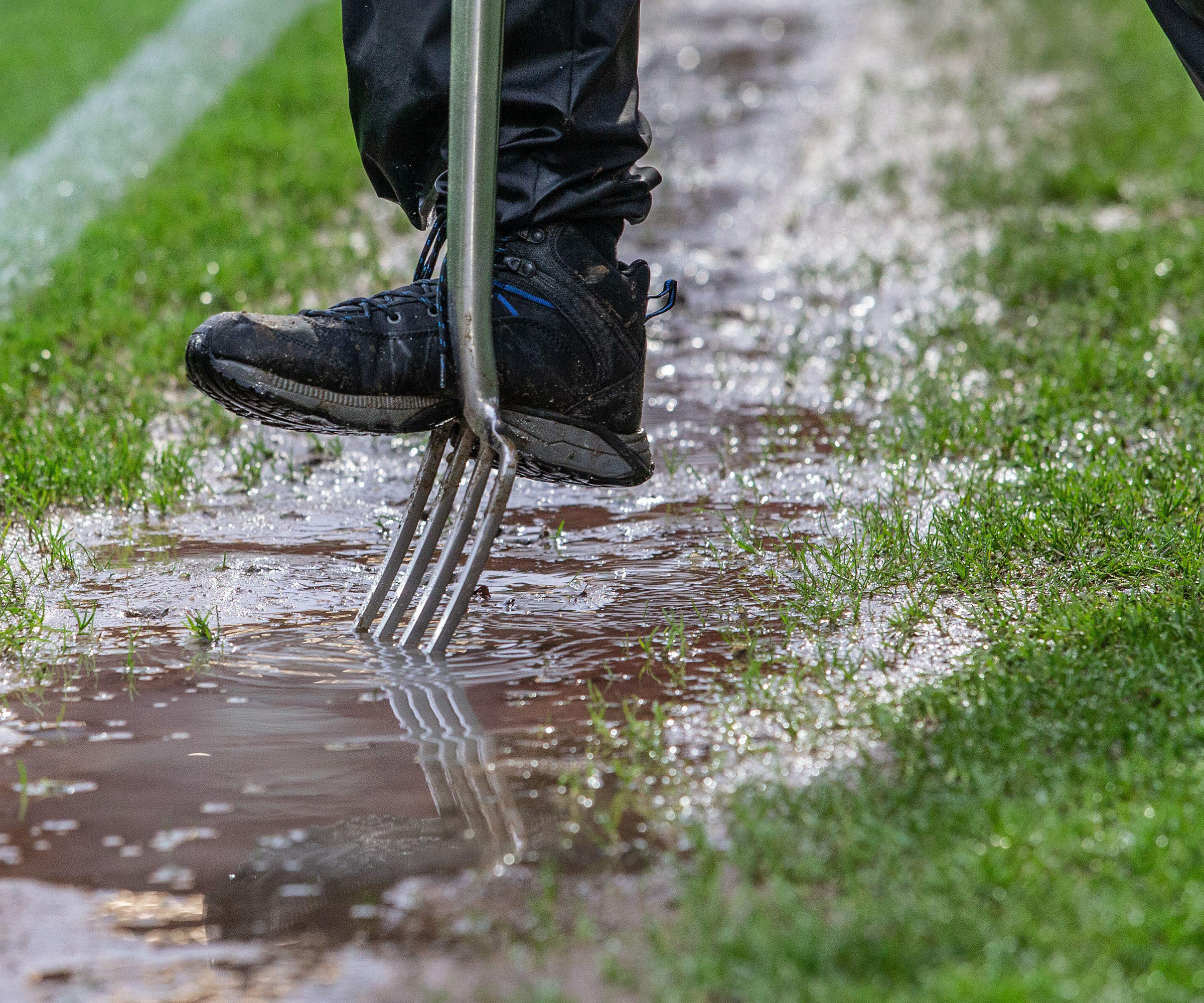
2. Repair the damaged grass
“After a particularly wet winter and early spring like we’re going through in Britain right now, you can also help lawns to recover by giving them a good feed," says Guy Jenkins
"This will not only help your lawn cope better with waterlogging but will also protect it against drought. You should feed the grass again in autumn with a phosphorous-rich fertiliser that will promote strong and healthy root growth," says Guy.
Meanwhile, Budget Seeds' expert Craig Morley explains that wet soil and dead patches in your lawn can create the perfect environment for moss to grow.
"Get rid of moss by scarifying lawns in spring to allow grass to grow again without any competition," says Craig.
Shop grass seed

Guy is the Consumer Manager for Johnsons Lawn Seed, the UK’s oldest provider of lawn seed, and is an expert in the field of lawn seed and lawn care.
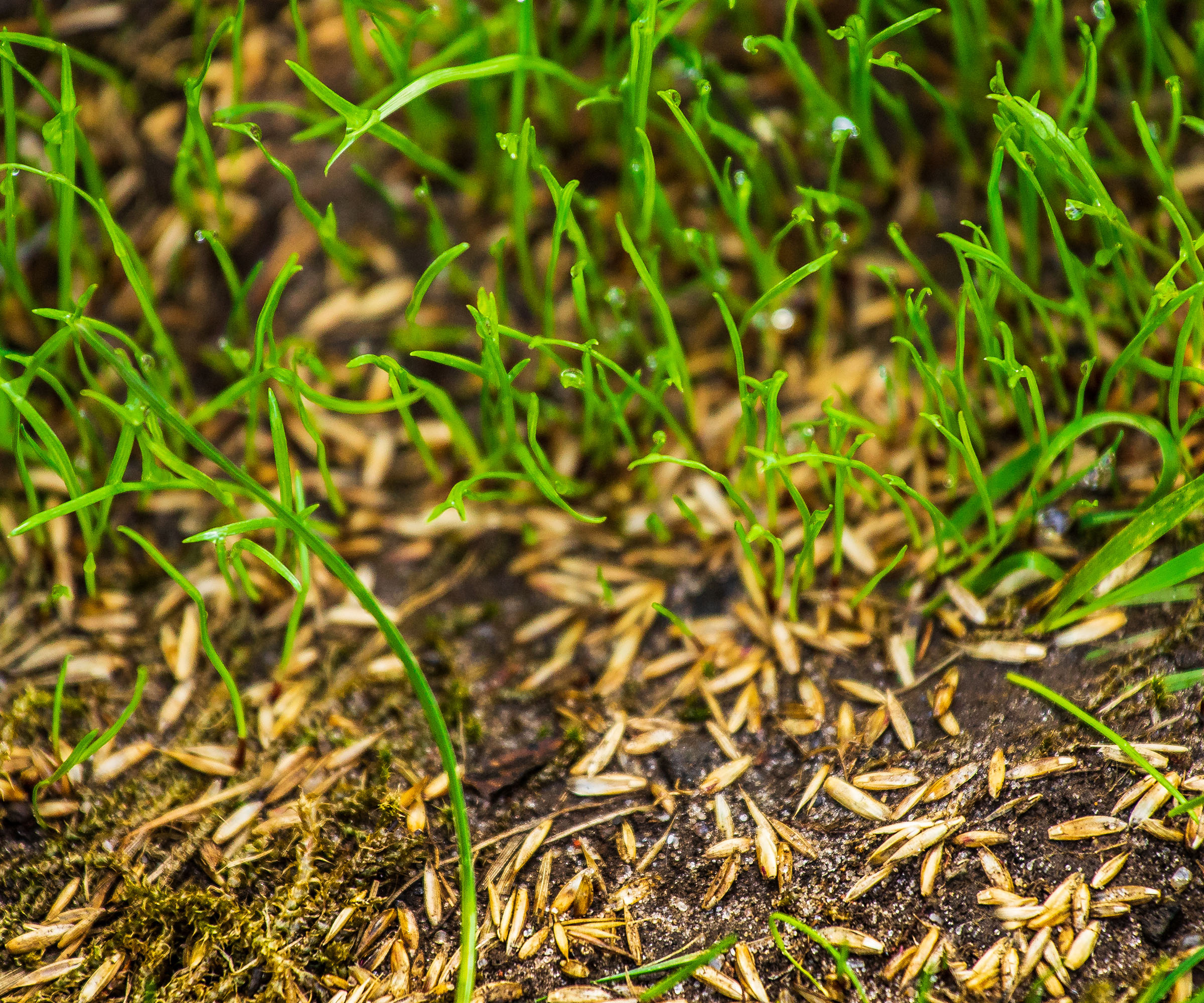
3. Improve drainage in heavier soil
Heavy soil, often the kind that is rich in clay, has a tendency to drain poorly. "If your entire garden has soil rich in clay, you may want to install a drainage system provided that you have somewhere for the excess water to go (e.g. a ditch)," suggests Craig.
"As there is no easy way to get rid of excess water, sometimes it may be easier to replace your lawn. To do this, strip out old turf and dig over the area, making sure that you incorporate plenty of organic matter into the soil to improve drainage. After raking and levelling the area, cover it with lawn sand before you sow grass seed or lay new turf," says Craig.

Craig Morley is the Head Of Sales and Operations at Budget Seeds, with a number of years of experience in the gardening and agriculture industry. Working alongside hundreds of different plant varieties every day.
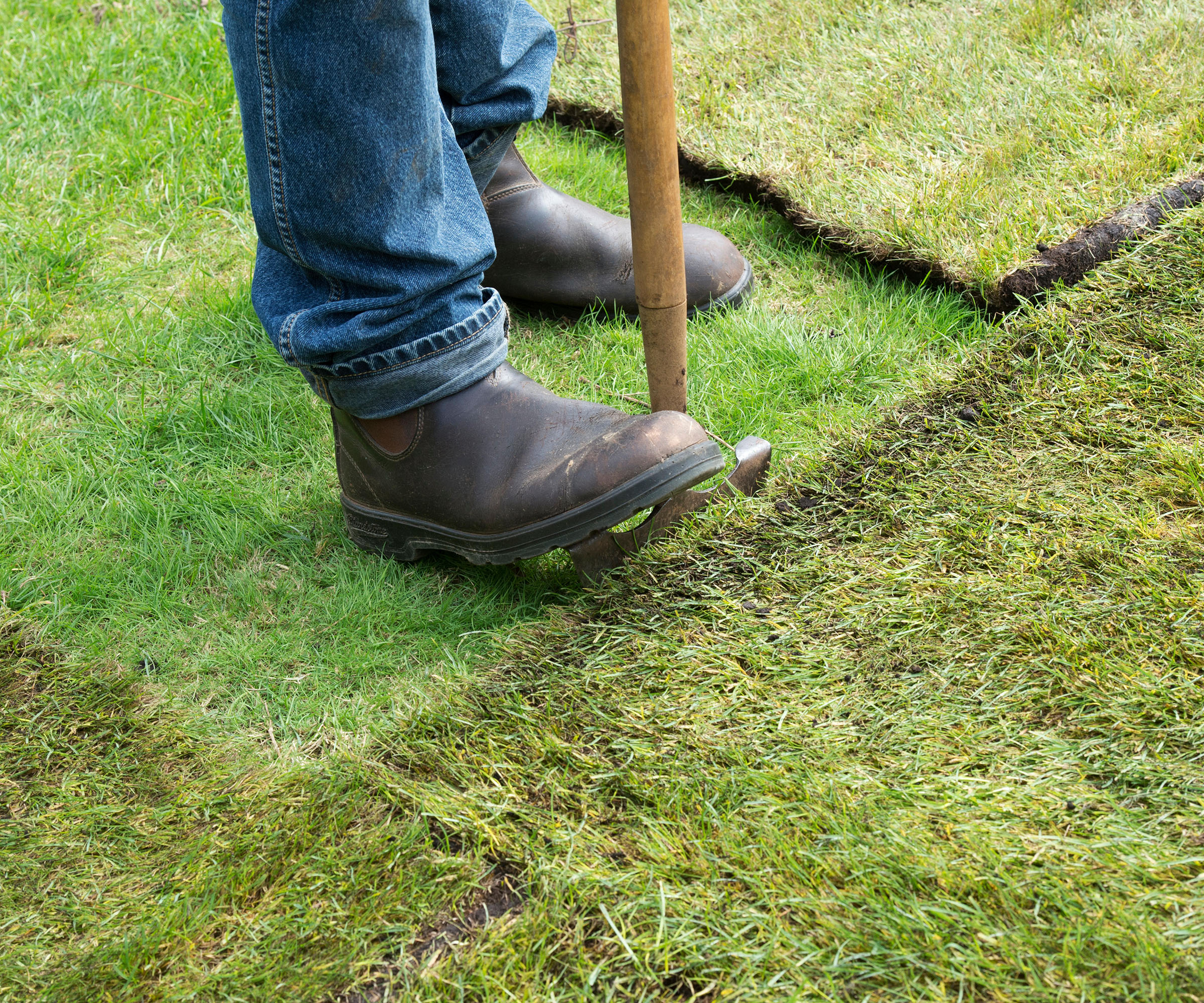
4. Consider a soakaway
"A soakaway is an underground drainage system that collects surface rainwater runoff. Traditionally you build a soakaway with a hole that is dug in the ground and filled with rubble, this helps to hold the water for a short while and allows it to slowly soak into the ground," explains Garden landscaping expert Tom Clifford, from Gardenstone.
"However, modern soakaways are now designed as plastic crates that are placed underground and collect water during periods of heavy rain. This water is then slowly dispersed at a rate that the ground can handle to prevent waterlogging."
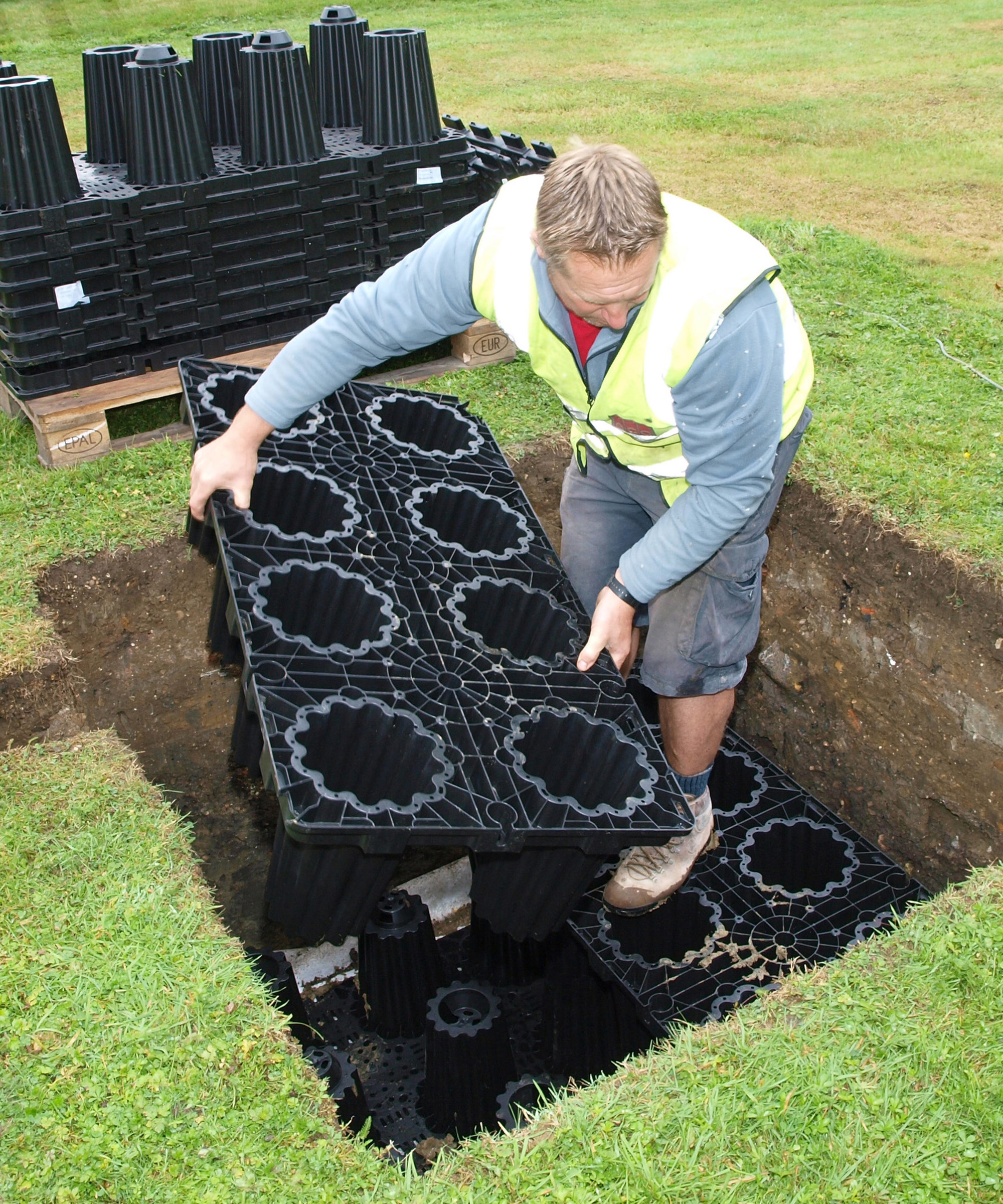
5. Install a French drain
"A French drain is a small trench that is filled with stones and has a perforated pipe running through. I recommend placing your French drain through an area that has poor drainage or compacted soil," says Tom Clifford.
"The perforated pipe in the French drain works to effectively redirect any surface water or groundwater to prevent waterlogging. Although these drains aren't the most visually appealing addition to a garden, they look far better than waterlogged ground and will ensure the health of your lawn in the long run," says Tom.
FAQs
Will grass grow in waterlogged soil?
"Grass seed does need moisture in order to germinate and establish itself in the ground. However, if the ground is saturated it can cause problems and the grass seed may wash away," says Craig Morley, a gardening expert from Budget Seeds.
"If you have an already established lawn, your grass should be able to tolerate periods of waterlogging, but it can begin to die if it is submerged in water for a long time."
What's the best way to fix waterlogged clay soil?
"Having clay-heavy soil can prevent water from draining through the soil properly. You can try to prevent this by regularly aerating the soil, which should only be done after the water has drained away."
"It may also be beneficial to add compost or gravel to the soil to help improve the drainage," says Craig.
How do I get rid of standing water in my lawn?
According to Craig Morley, one of the best ways to deal with standing water in your lawn is to change the topography of your garden.
"Water will naturally flow downhill, so try to create surfaces where water can run off to a drainage system to be channelled away. You can also dig drainage ditches in areas of your garden, which should be filled with gravel and topped with a thin layer of soil to help water drain away," says Craig.
How do you treat a flooded lawn?
"You can prevent your lawn from becoming waterlogged by regularly aerating it to improve the drainage and allow air into the soil," explains Craig.
"After aeration, you can also overseed the lawn to help the grass create a thicker, more complex system of roots that can assist with drainage. Try to observe your lawn after periods of heavy rainfall so you can take note of areas where water appears to pool," says Craig.
"Investigate these areas to find the cause of the water pooling, whether this be an uneven lawn surface, the water having nowhere to run or the soil being compacted."
As well as in your lawned areas it's possible to get water pooling on your patio. Using permeable paving for your outdoor spaces is a good way to help reduce this problem, plus you can try and improve the overall drainage in your hardscaping zones too.

Teresa was part of a team that launched Easy Gardens in 2018 and worked as the Editor on this magazine. She has extensive experience writing and editing content on gardens and landscaping on brands such as Homes & Gardens, Country Homes & Interiors and Living Etc magazine. She has developed close working relationships with top landscape architects and leading industry experts, and has been exposed to an array of rich content and expertise.
In 2020 Teresa bought her first home. She and her partner worked alongside architects and builders to transform the downstairs area of her two bedroom Victorian house in north London into a usable space for her family. Along the way she learned the stresses, woes and joys of home renovation, and is now looking to her next project, landscaping the back garden.
